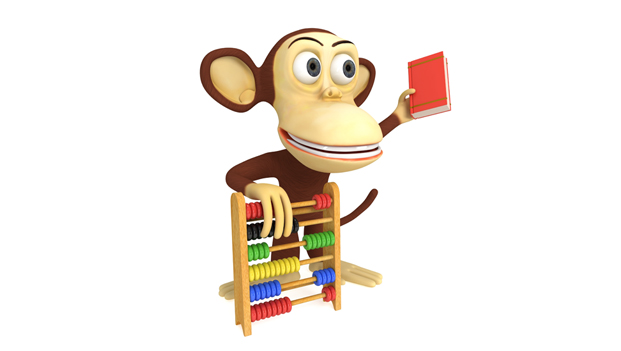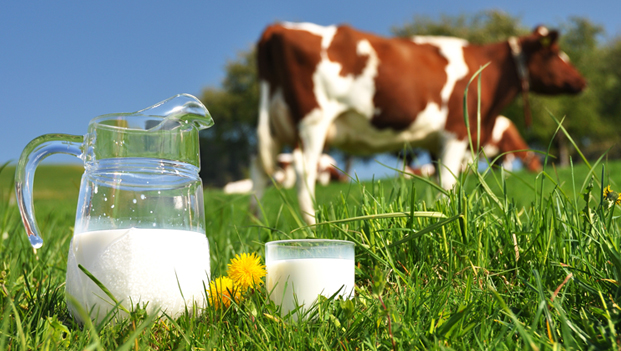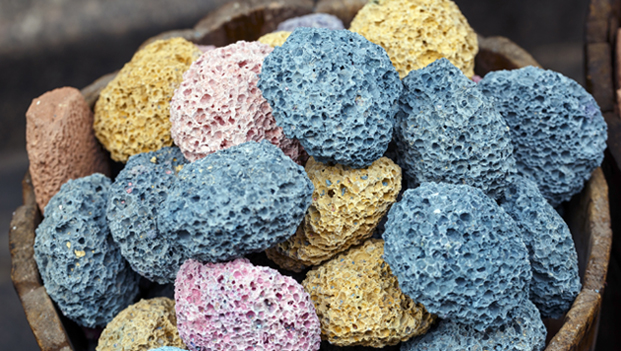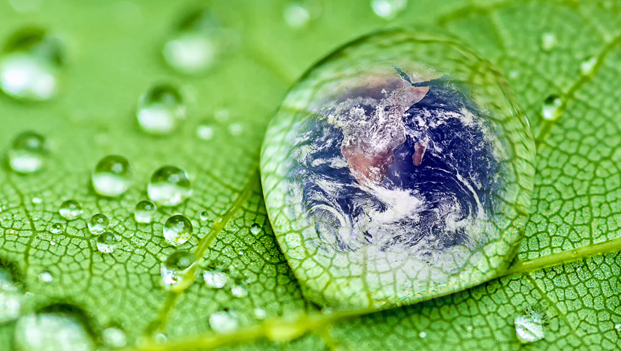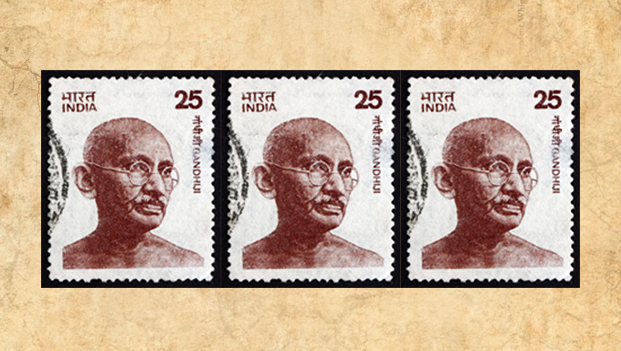8th February 2016
Chimps under training
Michael Beran, a scientist at the Georgia State University, trained chimps to use a computer and a joystick. The computer screen showed a numeral followed by a series of dots. The chimps had to match the numeral with the dots. One chimp learned numerals from 1 to 7, while another managed to learn till the numeral 6.
